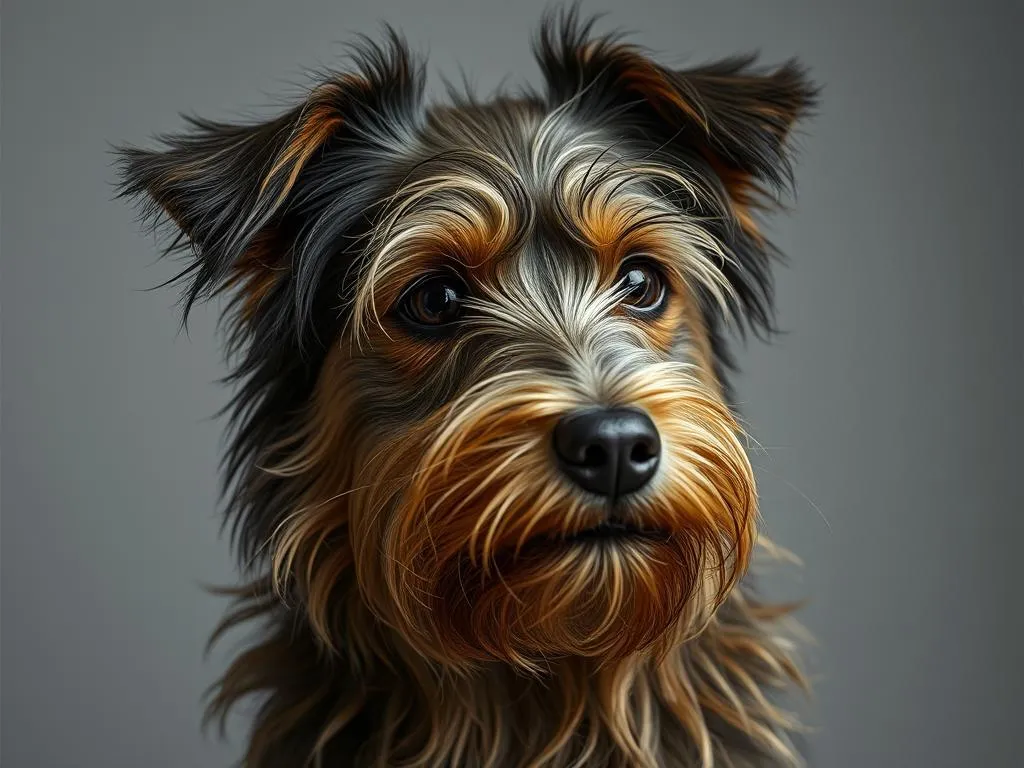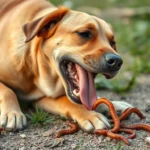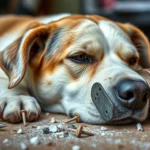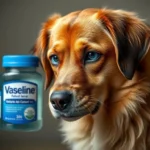
Introduction
Maintaining your dog’s health is vital for their overall well-being. Just like humans, dogs require regular care to stay healthy, and grooming plays a crucial role in that. One of the most common grooming issues dog owners face is matted dog hair. Understanding what matted dog hair is, why it occurs, and how to manage it can significantly enhance your dog’s quality of life.
Focus on Matted Dog Hair
Matted hair refers to clumps of tangled fur that can form when loose hair gets trapped among the longer strands. This condition can cause discomfort and lead to skin issues if not addressed. Certain breeds, particularly those with long or curly coats, are more susceptible to matting. Neglecting matted dog hair can result in painful skin infections, mobility issues, and behavioral changes, making it essential to understand how to manage this problem effectively.
Understanding Matted Dog Hair
What is Matted Hair?
Matted hair is a condition where the fur becomes entangled, resulting in clumps that can vary in size. Characteristics of matted dog hair include:
- Tight clumps: Mats can be small or large, forming tight clumps that are difficult to separate.
- Dull appearance: A coat that is matted often looks dull and lifeless compared to well-groomed fur.
- Skin irritation: Mats can lead to skin irritation, making it vital to address them promptly.
Mats form for various reasons, primarily due to a lack of grooming or environmental factors. When loose hair isn’t removed through regular brushing, it can become embedded in the longer fur, leading to mats.
Causes of Matted Hair
Genetic predisposition plays a significant role in the likelihood of a dog developing matted dog hair. Breeds such as Poodles, Bichon Frises, and Yorkshire Terriers are particularly prone to matting due to their unique coat types.
Environmental factors also contribute to matting. Humidity, dirt, and outdoor activities can lead to tangles and knots. For instance, a dog that enjoys rolling in the grass or mud may develop mats more quickly.
Additionally, health-related issues can exacerbate matting. Weight gain can make it difficult for a dog to groom itself properly, while skin conditions and mobility issues may prevent them from accessing certain areas of their body, leading to increased matting.
Health Risks Associated with Matted Hair
Skin Problems
One of the most significant consequences of matted dog hair is the risk of skin problems. Mats can trap moisture against the skin, creating a breeding ground for bacteria and parasites. This can lead to:
- Skin infections: Bacteria trapped under mats can cause painful skin infections that may require veterinary care.
- Irritations: Mats can rub against the skin, causing friction and irritation, leading to discomfort and potential injury.
Pain and Discomfort
Matted hair can cause significant discomfort for dogs. Mats can pull on the skin, leading to pain and distress. Signs that your dog may be in pain due to matted dog hair include:
- Whining or whimpering when touched
- Avoiding grooming or being touched in general
- Changes in posture, such as a hunched back
Behavioral Issues
The discomfort caused by matted dog hair can lead to behavioral changes. Dogs in pain may become more anxious or aggressive due to stress. This stress can manifest in various ways, including:
- Increased barking or whining
- Aggression when approached for grooming
- Withdrawal from play or social interaction
Grooming Techniques to Prevent Matting
Regular Brushing
One of the most effective ways to prevent matted dog hair is through regular brushing. The recommended frequency of brushing varies by breed:
- Long-haired breeds: Brush daily to prevent mats.
- Medium-haired breeds: Brush every few days.
- Short-haired breeds: Brush weekly.
The right tools make all the difference in maintaining a tangle-free coat. Slicker brushes and combs are excellent for removing loose hair and preventing mats.
Bathing and Drying
Bathing your dog is essential for coat maintenance, but it also helps prevent matting. During a bath, loose hair is washed away, reducing the likelihood of mats forming. Follow these best practices for bathing and drying:
- Use a moisturizing shampoo to keep the coat hydrated.
- Rinse thoroughly to remove all soap and debris.
- When drying, use a high-velocity dryer or towel dry to prevent moisture from settling in the coat, which can lead to matting.
Professional Grooming
For some owners, professional grooming is the best way to manage their dog’s coat. Regular visits to a groomer can help maintain a healthy coat and prevent matting. Consider scheduling a grooming appointment when:
- Your dog has developed mats that are too severe for home removal.
- You want a breed-specific cut that requires professional skill.
- You need help with nail trimming and ear cleaning, which are also essential parts of grooming.
How to Remove Matted Hair
Assessing the Severity of Matting
Before attempting to remove mats, assess their severity. If the mats are small and localized, you may be able to handle them at home. However, large or deeply embedded mats may require professional help. Signs that mats need professional attention include:
- Extensive matting covering large areas of the body.
- Mats that are pulling on the skin or causing discomfort.
- Mats that are close to the skin, making them difficult to remove without cutting.
DIY Methods for Detangling
If you decide to tackle small mats at home, follow these steps for safe removal:
Tools Needed
- Slicker brush
- Wide-toothed comb
- Detangling spray or conditioner
- Pair of blunt-tipped scissors (for severe mats)
Techniques to Use
- Apply Detangling Spray: Lightly mist the matted area with a detangling spray to help loosen the hairs.
- Gently Brush: Use the slicker brush to gently work through the mat, starting from the edges and moving inward.
- Use a Comb: After brushing, use a wide-toothed comb to further separate the strands. Be patient and work slowly to avoid hurting your dog.
- Cutting Mats: If a mat is too tight, you may need to carefully cut it out. Ensure you’re cutting away from your dog’s skin to avoid injury. If you’re unsure, it’s best to seek professional help.
When to Seek Professional Help
If you notice any of the following signs, it’s time to contact a professional groomer:
- Mats that cannot be removed without causing pain.
- Signs of skin irritation or infection.
- Resistance from your dog during home grooming attempts.
A professional groomer has the experience and tools necessary to safely and effectively remove matted dog hair.
Tips for Maintaining a Healthy Coat
Nutrition and Hydration
A dog’s diet significantly impacts their coat health. Providing high-quality dog food rich in essential fatty acids can promote a healthy, shiny coat. Additionally, ensure your dog has access to fresh water at all times. Proper hydration aids in maintaining healthy skin and fur.
Regular Check-ups
Routine veterinary visits are crucial for overall health, including coat management. During these visits, your vet can assess your dog’s skin and coat condition, identify any underlying health issues, and recommend appropriate grooming practices.
Seasonal Care
Adjust your grooming routine based on seasonal changes. For instance:
- Summer: Regular brushing helps manage shedding and prevents mats caused by humidity.
- Winter: Ensure that your dog’s coat remains dry and free from snow or ice buildup, which can lead to mats.
By being mindful of seasonal changes, you can help keep your dog’s coat healthy and mat-free year-round.
Conclusion
Managing matted dog hair is vital for your dog’s health and well-being. Understanding how matting occurs and implementing effective grooming techniques can prevent discomfort and serious health risks. Regular grooming should be an integral part of your dog’s health care routine. By incorporating these practices, you’ll not only keep your dog looking great but also ensure they feel their best.
Taking the time to assess your dog’s coat health and schedule regular grooming appointments can make all the difference in maintaining a happy and healthy pet.









